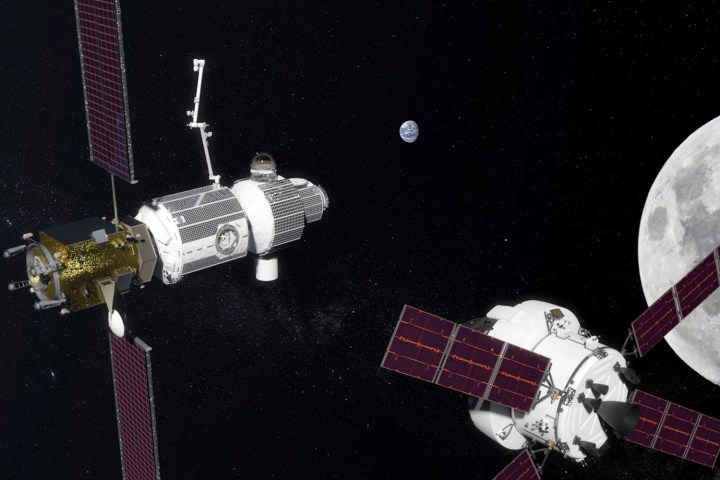
It might come as a surprise then to learn that NASA and its Russian equivalent, the space agency Roscomos, have actually joined forces on projects involving the International Space Station and, more recently, an exploration of Venus.
This week the bond between the two nations’ space programs grew stronger as the agencies announced another collaboration. It’s an ambitious, American-led initiative called Deep Space Gateway, a concept that would place a space station in an orbit close to the moon to aid in deep space exploration.
“While the deep space gateway is still in concept formulation, NASA is pleased to see growing international interest in moving into cislunar space as the next step for advancing human space exploration,” Robert Lightfoot, NASA’s acting administrator, said in a statement. “Statements such as this one signed with Roscosmos show the gateway concept as an enabler to the kind of exploration architecture that is affordable and sustainable.”
The United States and Russia aren’t alone in their lunar aspirations. China and Japan have both shared distinct plans to reach the Moon and build a base by 2020. The European Space Agency has a similar long-term goal for a permanent moon base.
Private entities are equally interested in the Moon. XPrize and Google teamed up to offer $30 million in prizes for the first privately funded teams to land a robot on the lunar surface, travel over 1,500 feet, and beam back high-definition images and video. Some 30 teams signed up. Moon Express, one of the companies competing for the XPrize, has voiced its plan to mine the moon for resources.
Although details about the project are scarce so far, the Deep Space Gateway will be designed to dock with NASA’s Orion spacecraft, while supporting a four-person crew. It would be used by astronauts as a pit stop on their way to further explore the lunar surface, Mars, and Venus. The agencies hope to construct the station’s modules in the 2020s.


